Written by Tammy Mitzka Crawford
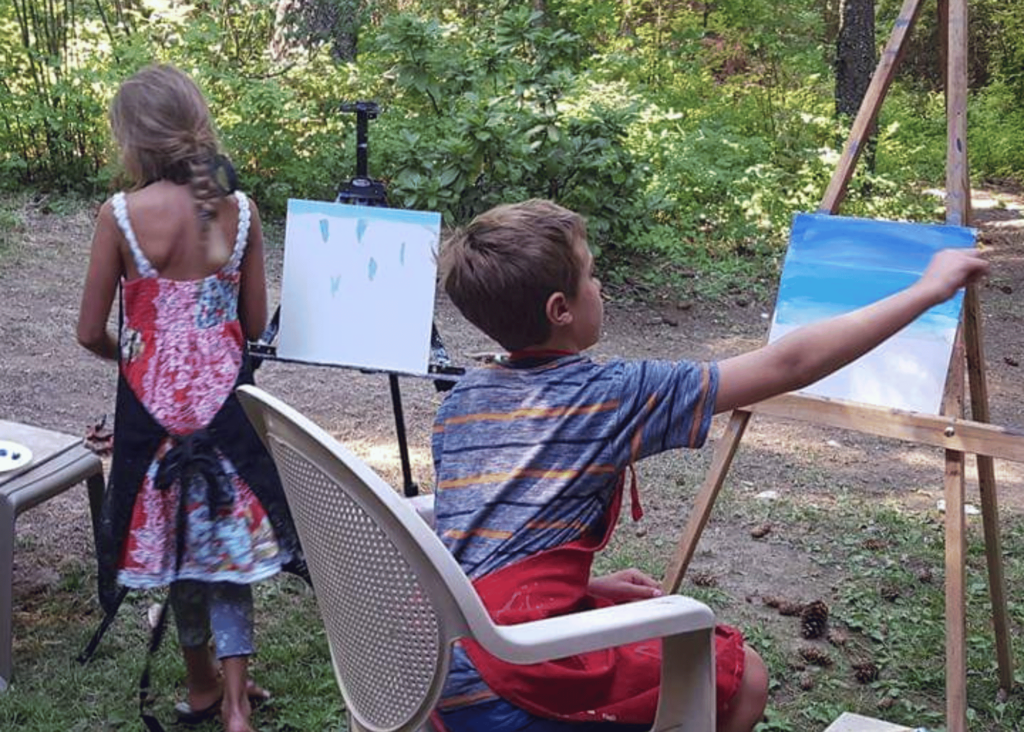
“The Symphony of Expression: How the Arts Shape, Heal, and Elevate Us”
The arts are our passport to uncharted emotional territories, where we find our most authentic versions of ourselves. They resonate with our souls, making us laugh, cry, dance, and reflect.
The Multifaceted Impact of Arts on Our Brains
Artistic expression has always been a vital part of human culture, impacting our minds in numerous ways.
- The visual arts: A splash of emotions
- Paintings, sculptures, and illustrations transcend the limitations of language. They capture the ineffable – feelings, memories, and dreams that are often too deep or complex for words. When we focus on a compelling artwork, our brain’s pleasure centers light up, releasing feel-good neurotransmitters that heighten our well-being.
- Dance: Movements that speak
- Dance isn’t just about rhythm and beats. It’s a language on its own. From the graceful movements of ballet to the passionate steps of salsa, every dance form is a dialogue between the dancer and the observer. Neurologically, dance stimulates different brain areas responsible for motion, emotion, and coordination.
- Music: The soul’s universal language
- Melodies, rhythms, and harmonies have profound effects on our brains. Have you ever noticed how a particular song can transport you back in time? The auditory cortex, hippocampus, and other areas harmonize, evoking emotions and memories.
Healing Emotional Wounds Through The Arts
Arts are not just for entertainment. They have potent therapeutic properties.
- Music and its soothing rhythms
- Music therapy is a recognized field where specific tunes and rhythms are used to treat various emotional and physical ailments. Whether it’s the gentle strumming of a guitar or the powerful beats of drums, music touches our soul, promoting healing from within.
- Dance as an emotional outlet.
- Dance therapy involves body movements to promote emotional, cognitive, and physical healing. It’s a space where individuals can “move out” their traumas and anxieties, harnessing the body’s natural rhythm to heal and rejuvenate.
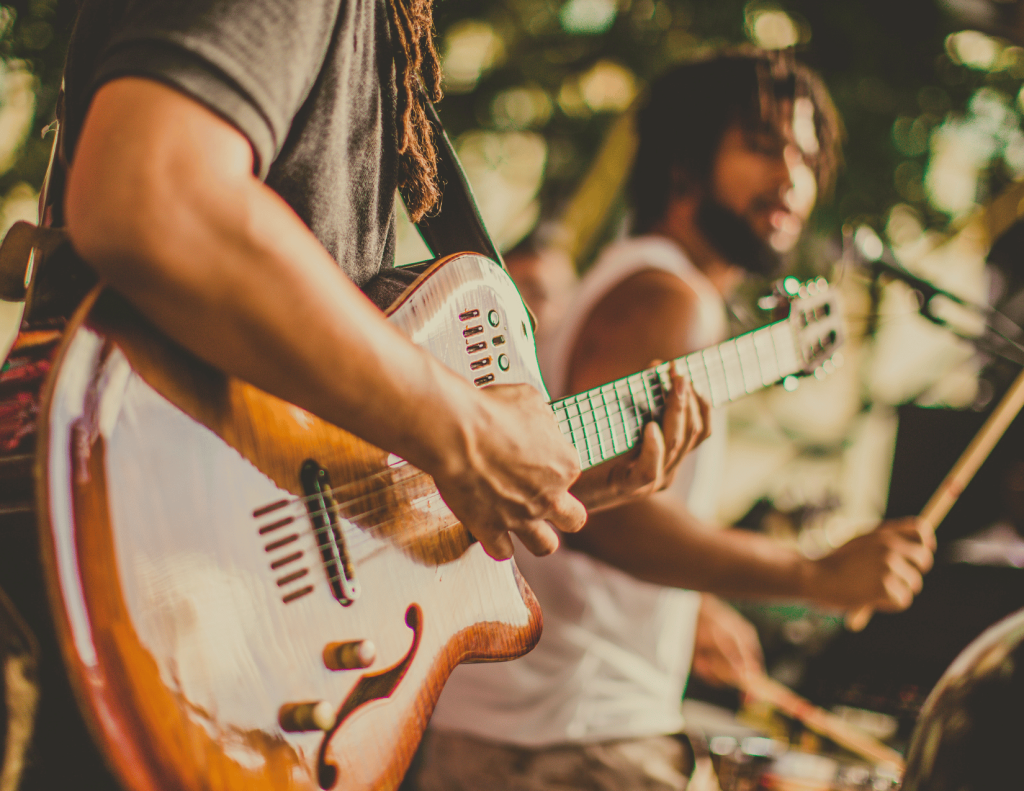
Storytelling Through Different Art Forms
Every art form narrates tales that are a mirror to society, reflecting its ethos, values, struggles, and victories.
- Visual Arts tell tales of epochs gone by, dreams of the future, and the timeless essence of human emotions.
- Music, with its lyrics and compositions, tells stories of love, despair, hope, rebellion, and celebration.
- Dance portrays narratives through choreography, where each movement, pause, and expression contributes to the story’s climax and resolution.
Resilience, Critical Thinking, and The Arts
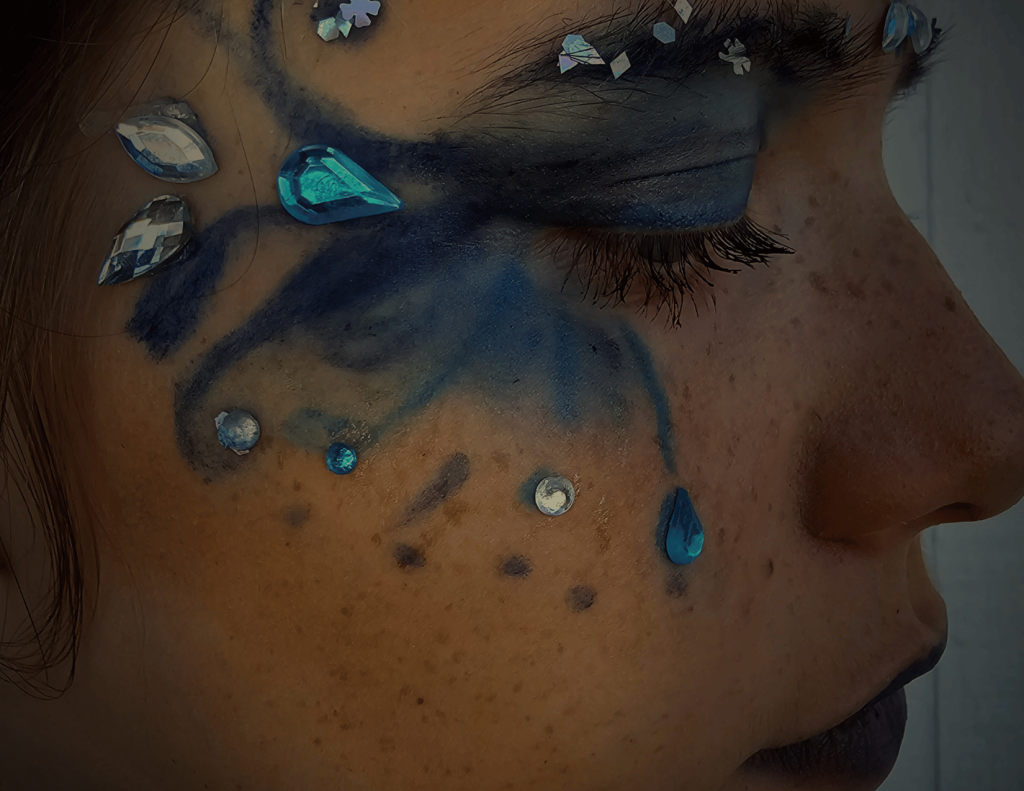
Arts teach resilience. They encourage individuals to face failures criticisms, and yet push forward, continuously honing their craft and expression.
- Critical Thinking: Analyzing a piece of artwork, decoding the nuances of a song, or understanding the symbolism in a dance routine fosters critical thinking. It makes individuals question, explore, and interpret.
Intercultural Understanding: A Symphony of Arts
The arts bridge geographical boundaries, making the world a global village.
- Fusion Music introduces listeners to a blend of cultures, integrating instruments, scales, and rhythms from different parts of the world.
- Dance Collaborations showcase a melding of dance forms, giving audiences a taste of diverse traditions.
- Art Exhibitions often display works from artists worldwide, highlighting the universal nature of human experiences.
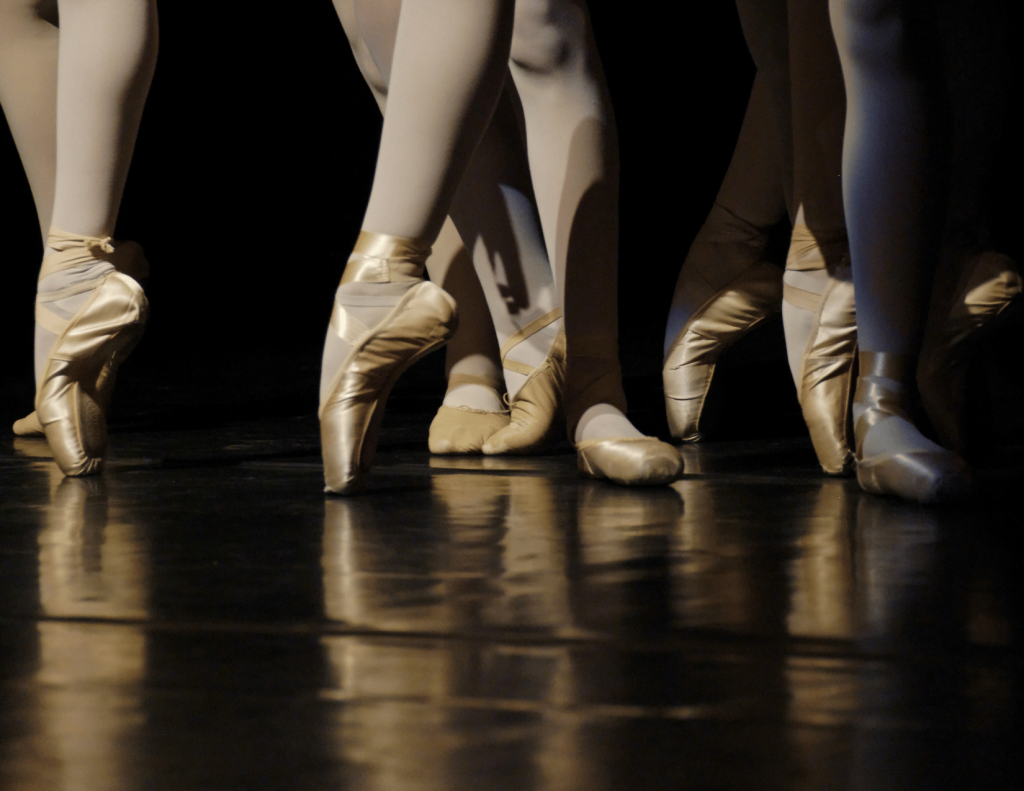
Enhancing Life’s Quality with The Arts
Engagement with arts elevates our life quality, providing solace, stimulation, and rejuvenation. The aesthetic pleasure derived from arts boosts our mood, reduces stress, and enhances cognitive functioning.
The Therapeutic and Educational Power of The Arts
From classrooms to therapy rooms, arts play a pivotal role.
- Art in Education: Visual aids, music, and dance make learning more engaging. They enhance memory, retention, and understanding.
- Arts in Therapy: Expressive art therapy integrates various art forms, assisting individuals in exploring their emotions, traumas, and aspirations.
Conclusion
The arts, in all their vibrant forms, are humanity’s treasures. They connect us, heal us, and elevate our existence. They remind us of our shared humanity, collective past, and hopeful future.
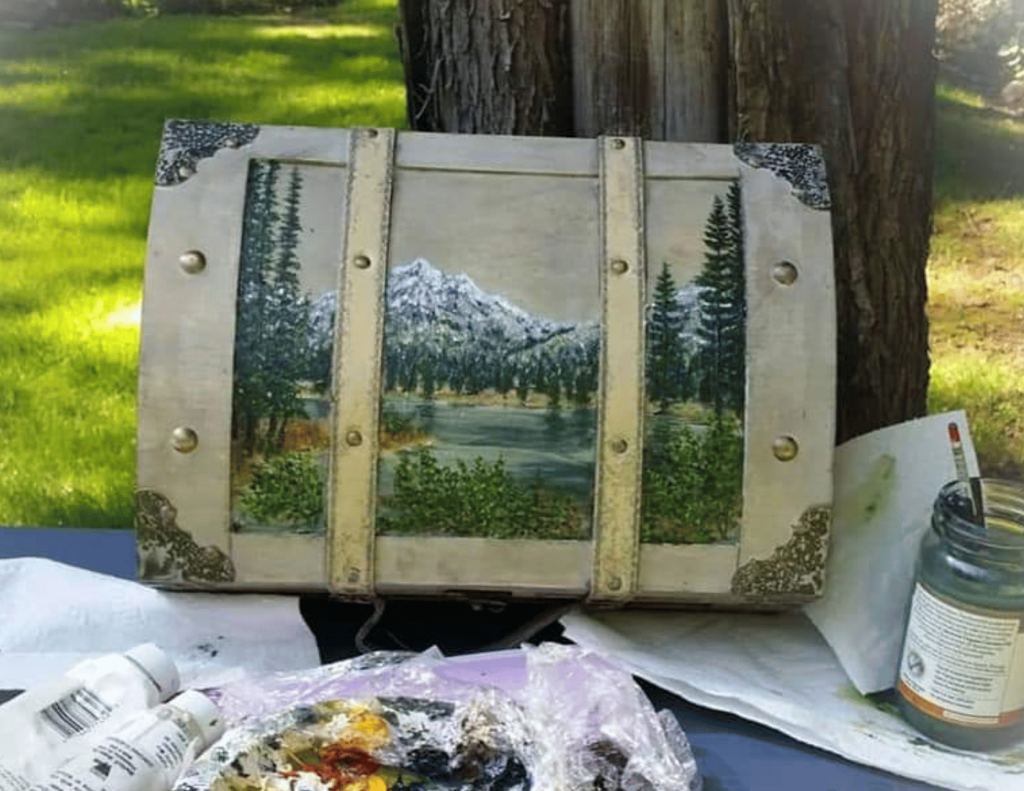
FAQs
- How does art foster personal growth?
Art, in all its forms, serves as a gateway to the inner recesses of our psyche. As we engage with art, we are not just producing aesthetic creations but are also undertaking a journey of introspection. Through this journey, we face challenges that demand patience, persistence, and resilience. Engaging with art often brings latent emotions, unresolved issues, and hidden desires to the surface. By confronting and working through these, we experience growth as artists and individuals. Moreover, thinking critically about our work, seeking feedback, and refining it further hone our cognitive abilities and nurture a growth mindset.
- Can I practice art even if I’m not good at it?
Of course! Every artist, even the greats, began as novices. Art is less about inherent talent and more about passion, dedication, and persistence. While the final masterpiece is what the world sees, the true essence of art lies in the journey – the joy of creation, the frustrations of mistakes, the satisfaction of overcoming challenges, and the thrill of discovery. The beauty of art is that it’s a personal journey. Each brushstroke, note, or movement reflects the artist’s soul, and there’s no right or wrong in self-expression.
- How do I start exploring art therapy?
Art therapy is a therapeutic approach that uses creative mediums like drawing, painting, sculpture, music, and dance as tools for healing and self-discovery. To start with art therapy:
- Begin at Home: Buy a sketchbook and start journaling your emotions visually. Use colors, forms, and patterns that resonate with your feelings.
- Join Workshops: Many local community centers or art schools offer beginner-level art therapy workshops. These are great for understanding the basics and meeting like-minded people.
- Consult a Professional: Consider consulting a licensed art therapist if you’re seeking structured therapeutic outcomes. They’ll guide you in using art for emotional healing.
Do kids benefit from art or the arts?
Absolutely! Engaging children in arts from an early age has multifaceted benefits:
- Cognitive Development: Drawing or playing a musical instrument enhances fine motor skills.
- Academic Enhancement: Studies suggest kids involved in the arts often fare better in academic pursuits.
- Emotional Expression: Through art, children find an avenue to express feelings they might not yet have the words for.
- Enhanced Creativity: Engaging in the arts cultivates imagination and innovative thinking.
Is digital art as influential as traditional art?
Digital art, a relatively modern medium, offers different tools and platforms than traditional art. While purists might vouch for the tactile experience of traditional media, digital art provides flexibility, adaptability, and a vast range of techniques. Both forms have their merits:
- Digital Art: Offers endless possibilities with software, allows easy rectifications, and caters to modern platforms like digital galleries, movies, games, etc.
- Traditional Art: Provides a tangible, raw experience and a direct hand-to-medium connection, often revered for its authenticity and classic appeal.
Both are influential in their realms and cater to different audiences and platforms.
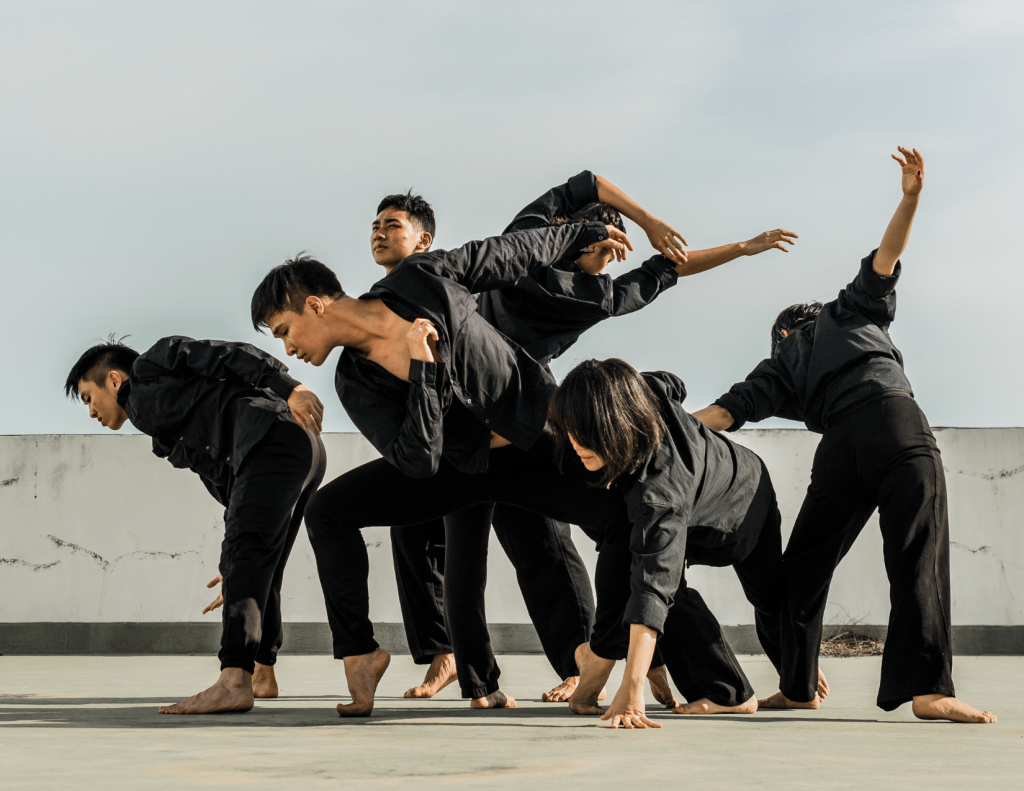
What are the psychological benefits of creating art, singing, dancing, and other art forms?
Engaging in creative activities has profound psychological effects:
- Emotional Catharsis: Art forms provide an outlet to vent emotions.
- Stress Reduction: Activities like painting or singing release endorphins, reducing stress levels.
- Cognitive Enhancement: Learning a dance routine or mastering a musical piece enhances memory and mental agility.
- Self-esteem Boost: Creating something provides a sense of accomplishment, enhancing self-worth.
🌐 Sources
- Effectiveness of Art Therapy With Adult Clients in 2018 — This study evaluates the effectiveness of art therapy on a variety of indices. The research provides valuable insights into how art therapy impacts adult clients across different scenarios and conditions[1].
- Art Therapy: A Complementary Treatment for Mental Health — J Hu, in 2021, conducted this research. A specific case study mentioned is about a 6-year-old boy diagnosed with autism, showcasing how art therapy significantly contributed to his development and growth[2].
- How Art Therapists Observe Mental Health Using Formal Elements of Art Products — This research delves into the clinical practice of art therapy. It discusses how art therapists utilize the formal elements of art products in their observations to gain insight into their clients’ mental states and health[5].
🌐 Sources
- nlm.nih.gov – Effectiveness of Art Therapy With Adult Clients in 2018— …
- nlm.nih.gov – Art Therapy: A Complementary Treatment for Mental …
- com – Art Therapy, Volume 40, Issue 3 (2023)
- org – How Art Therapists Observe Mental Health Using Formal …
- com – Expressive Arts Therapy: 15 Creative Activities and …
- com.au – Case Study: Using Art Therapy for a Client with Depression
- com.au – Case Study: Using Art Therapy for a Client with Anxiety
- tennessee.edu – Art Therapy with an Adolescent: A Case Study
- in – Assessment of art therapy’s case studies as a measure … – IJIP
- org – A case study of group art therapy using digital media for …
- nlm.nih.gov – Role of Art Therapy in the Promotion of Mental Health
